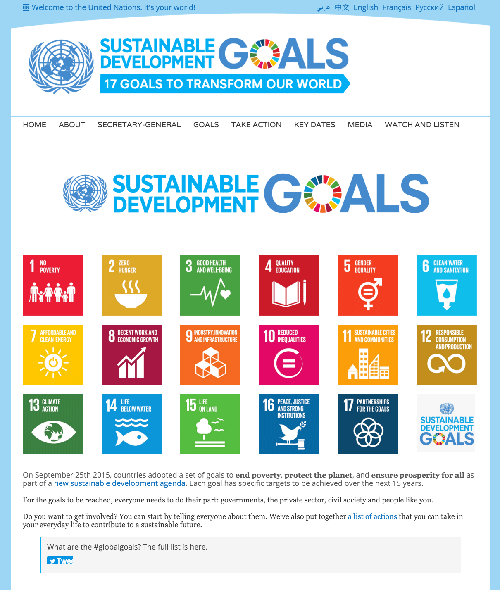Sustainability Ethic
When YOU think of sustainability, you may think of recycling or waste management, or maybe even “the ability to continue a defined behavior indefinitely” (Thwink.org, 2014). However, as you will read in our textbook, Working Toward Sustainability, “there are at least 70 documented definitions of sustainable development or its sister term, sustainability” (2012). Definitions range from the simple: “living within limits” (sustainablemeasures.com), to the more focused: "improving the quality of human life while living within the carrying capacity of supporting eco-systems."
The term sustainability is fluid; its meaning can change based on context and who is doing the talking. So you can see why the term itself may be misunderstood or discussed abstractly at times. It is important that you have a general understanding of what sustainability is and what it means so that you can engage in discussions related to sustainability, no matter what the context. If you plan to build a career around sustainability, you need to be able to address it both in a broader scope and in varying contexts.
For the purposes of the ESP Program, we will use sustainability in the context of the Brundtland definition, which implies that sustainable development is “development which meets the needs of current generations without compromising the ability of future generations to meet their own needs.” This definition was born out of the United Nations World Commission on Environment and Development acknowledgment of the need to address poverty, environmental crises, and resource shortages. The balance of meeting the needs of our current and ever-growing population while also ensuring we don’t leave the earth in squalor for the next generation is difficult to define and implement.
The Bruntland Commission
When defining sustainability, we referred to a document from the United Nations called, Our Common Future (1987). The initial commission of 1983 (the World Commission on Environment and Development) was later named the Bruntland Commission, after Chairperson Gro Harlem Brundtland of Norway. The commission and report were the first major international undertakings to look in depth at the systemic implications of human activity on the planet with respect to our relations with 1) contemporary global communities, 2) future generations of human society, and 3) the natural community, or environment, supporting life and biodiversity on Earth. In particular, the commission became cognizant that we as 'individuals' are tightly linked to all three communities.
Additional Resources
While there are many challenges associated with sustainable development, some broad areas tend to take the main stage; they can often be categorized as population, poverty, energy use, food, economy, environment and climate change. Each category can be further broken down into more specific focus areas. For example, the UN released the “17 Goals to Transform Our World”. Go to their website and learn more about each goal by clicking on the associated tile shown.

Now watch the following video produced by the U.N. about the 17 SDG's
Video: Do you know all 17 SDGs? (1:24)
The world’s best plan to end poverty
1: No Poverty
The world’s best plan to reduce inequalities
10: Reduced Inequalities
The world’s best plan to tackle climate change
13: Climate Action
The Sustainable Development Goals
17: Partnerships for the Goals
12: Responsible Consumption and Production
8: Decent Work and Economic Growth
3: Good Health and Well-being
14: Life below Water
6: Clean Water and Sanitation
13: Climate Action
15: Life on Land
16: Peace, Justice and Strong Institutions
7: Affordable and Clean Energy
5: Gender Equality
4: Quality Education
2: Zero Hunger
9: Industry, Innovation and Infrastructure
10: Reduced Inequalities
11: Sustainable Cities and Communities
1: No Poverty
Sustainable Development Goals
17 goals to transform our world
Learn more about the Sustainable Development Goals: un.org/sustainabledevelopment
Download the app sdgsinaction.com
Follow us @GlobalGoalsUN on Facebook and Twitter #GlobalGoals